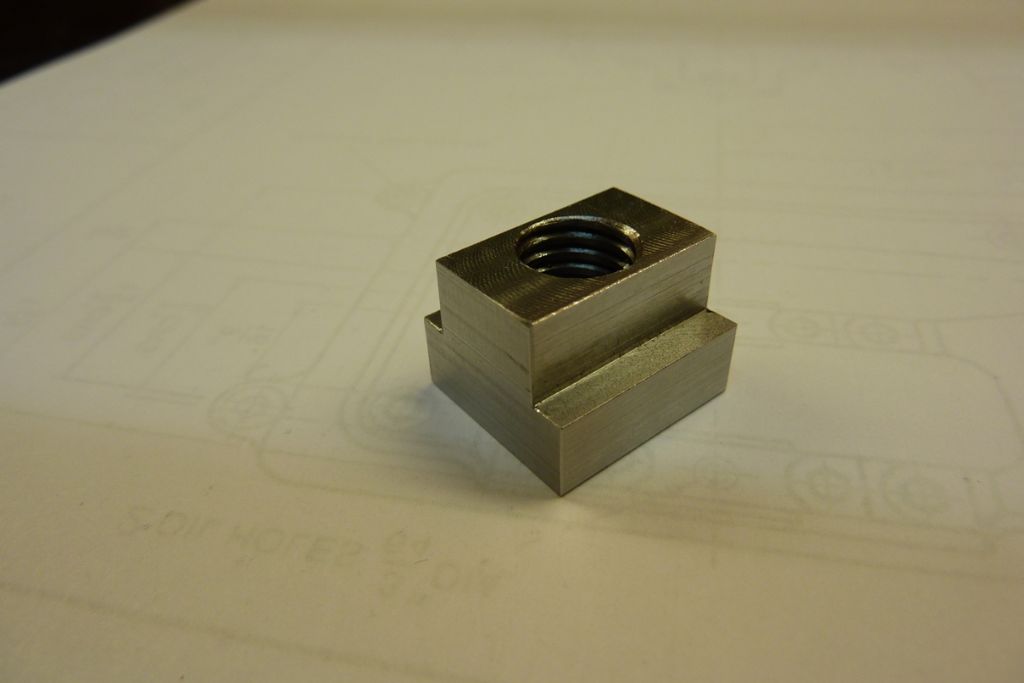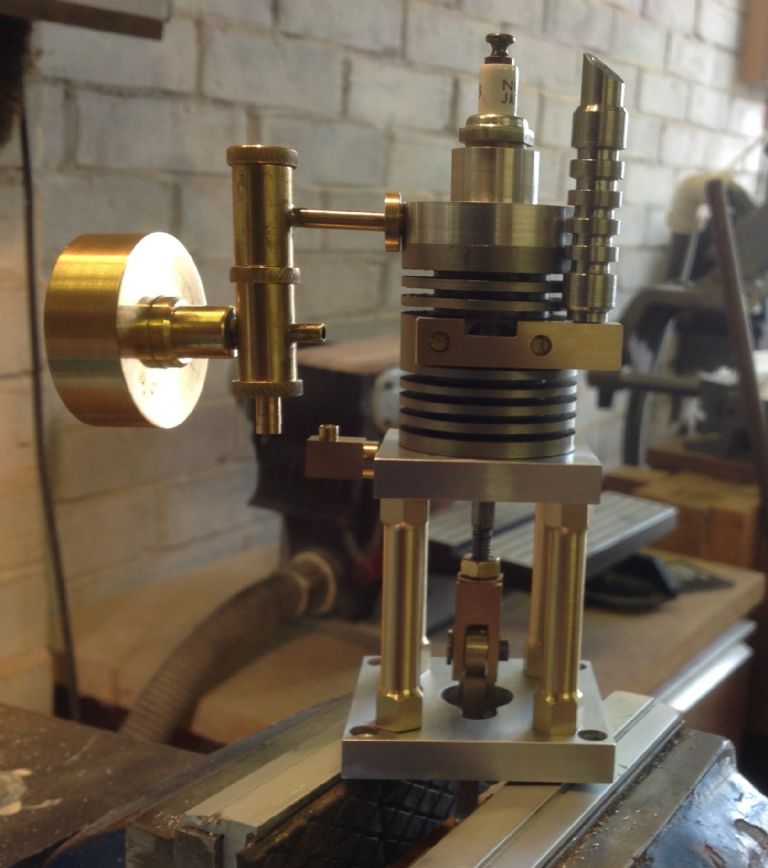The effects of windshear and any kind of turbulence generated vortices on airfields, especially the last stages of final approach are indeed random and, surprisingly fierce when least expecting it, but it is usual for pilots to give a warning over the radio when it is experienced!
Some vorticies are akin to those created when a jet aircraft takes off and lands, or rotor downwash similar to that when some idiot takes off in an egg whisk at 90 degrees to the final approach path when a landing aircraft is on very short final, I've aborted more than a few landings in those situations, but however they are experienced, they're not at all nice!
Doncaster airfield when it existed had wind shear issues on short final to runway 23, which was across Bawtry road, this was particularly bad on hot sunny days when the heat rising from the hot tarmac would create a very nasty shear almost immediately the road was crossed, you'd experience a sudden and vigorous thermal and then have it whipped away causing a rapid loss of airspeed even if the groundspeed hadn't changed, so higher than usual approaches were the norm on such days when warnings of them went out!
I was taught a salutary lesson in wind shear phenomena the first time I experienced it, and which nearly gave the goofers watching – including my instructor a heart attack, it was on my first solo, (1979) fortunately I got away with it, but it was a close call, not least because the aircraft I was handling (Grumman AA1) had particularly poor handling characterisitcs at low airspeed, and a vicious low speed characteristic of big sharp wing drops which tended to get very exciting when that 'envelope' was 'investigated' further – and to be well avoided close to the ground, which wing went down generally depended upon which way the balance ball was wagging in the turbulence, skittish and slippery little buggers they were and i loved 'em, but I treat them with utmost respect on final after that episode, plus very slick on rudder control, it stood me well in my professional career in later years – once learned never forgotten! !
The effect of being unable to climb after rotation was also experienced a few times on that same airfield, and wind direction over trees and buildings were responsible, but particularly affected one type of aircraft, Grumman AA5A & B's, which were the Traveller and Cheatah, neither the AA1 or AA5's were really suited to flying off or landing on short grass strips, but it's what we had available to rent!
The Grumman Traveller was the worst offender, with it's small elevator which lacked authority at low airspeed even on full power, so any sort of disturbance close to the ground could on occasions get pulses racing quite a bit when the far hedge got ever closer!
Not for nothing did those aircraft earn the subriquet 'Grumman Ground Grippers'
Compton Abbass airfield in Droset has a deep valley to one side of the runway, such that you can fly downwind and be below runway height, I did my initial instructor rating there, and my FIC instructor had a parculiar habit of either rolling the aircraft inverted or barrel rolling on the downwind leg without warning and disppearing from view of those in the radio room, which would raise an eyebrow, (he's at it again' ) but that valley created more than a few exciting moments when on crosswind limits – which were actually set lower than the aircraft were capable of when the wind was over that valley!
but that valley created more than a few exciting moments when on crosswind limits – which were actually set lower than the aircraft were capable of when the wind was over that valley!
Strangely enough, although Bristol airport sits on and is surrounded by high ground, I can't say I ever experienced any shear or vortices other than the usual high wind buffetting!
John.
Edited By RJW on 16/04/2013 10:07:54
Muzzer.







